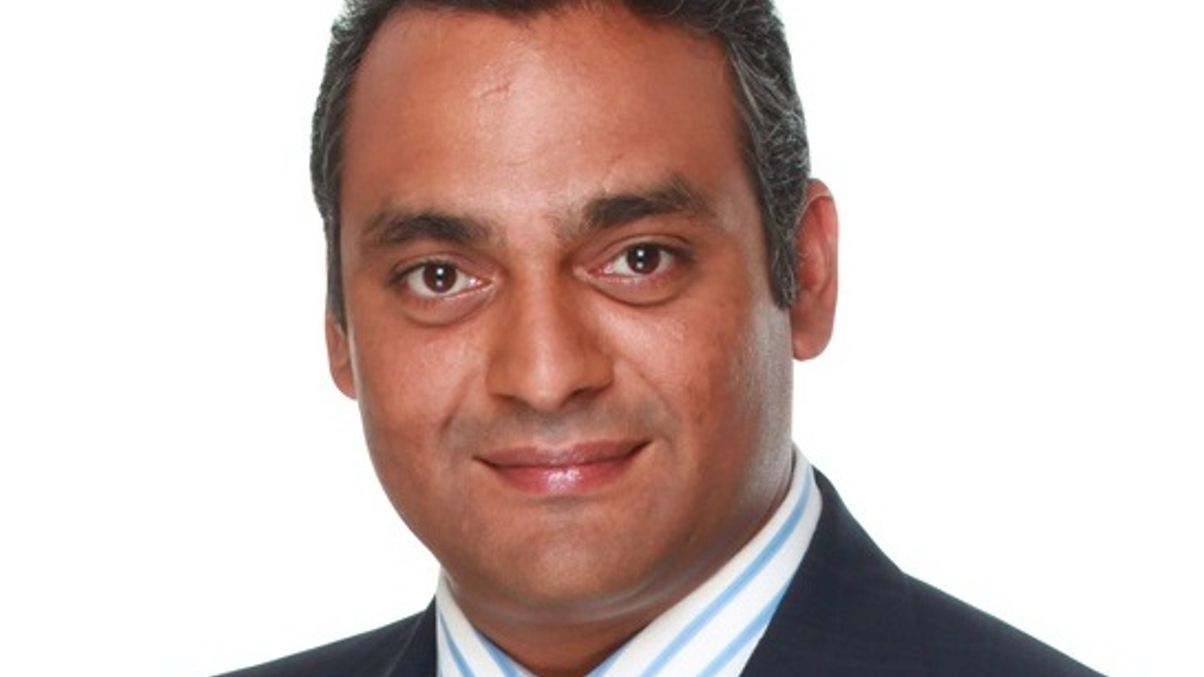IMAS seeks to champion better risk standards
Trevor Persaud of the Investment Management Association of Singapore says the industry body wants to help improve risk standards across Asia with the launch of its new guidelines.

Landmark risk and performance principles for the funds industry released this week in Singapore are seen as just the start of an important debate on improving risk management practice.
Sign in to read on!
Registered users get 2 free articles in 30 days.
Subscribers have full unlimited access to AsianInvestor
Not signed up? New users get 2 free articles per month, plus a 7-day unlimited free trial.
¬ Haymarket Media Limited. All rights reserved.


